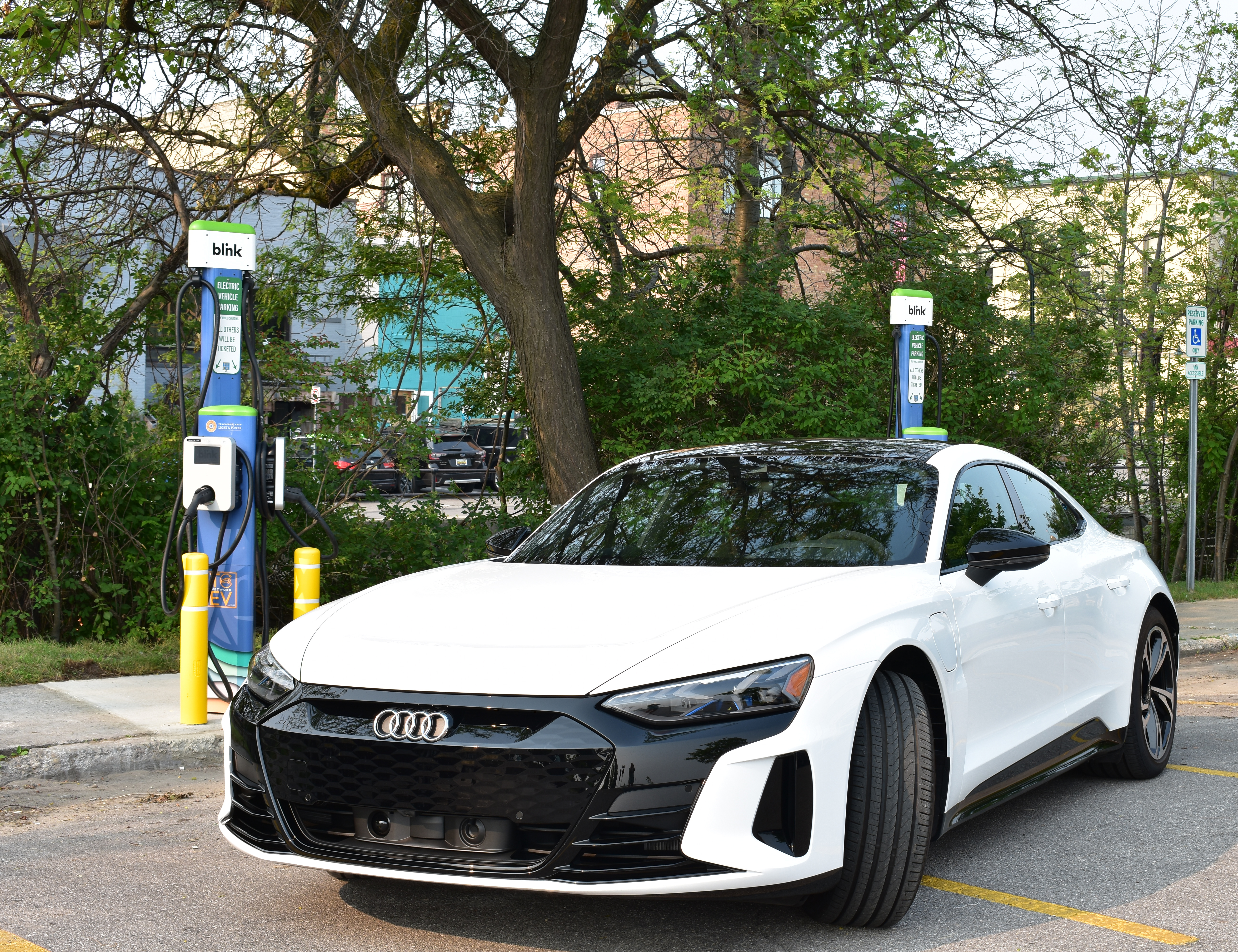Carbon Neutrality
Carbon Neutrality means working to not only reduce your carbon output, but to balance this with the absorption or elimination of carbon dioxide from the atmosphere. Greenhouse gases like carbon dioxide increase average temperatures worldwide, which in turn contribute to rising sea levels, changing weather patterns and other factors associated with climate change.

One of the ways you can reduce your carbon output is by switching to renewable energy sources or purchasing an electric vehicle. Some examples of carbon offset projects include planting trees, wetlands restoration and farmland management.

Carbon dioxide makes up roughly two-thirds of all greenhouse gas emissions, and that’s caused mainly by burning coal, natural gas and other fossil fuels. Around 63% of electricity in the United States is generated by burning fossil fuels.
Determining Your Carbon Footprint
To get started on reducing your carbon emissions, you must first calculate how big your footprint is. The EPA has crafted a great tool for you to estimate how much carbon dioxide your household emits, and provides a glimpse as to how you can contribute to carbon reduction by making simple lifestyle changes.